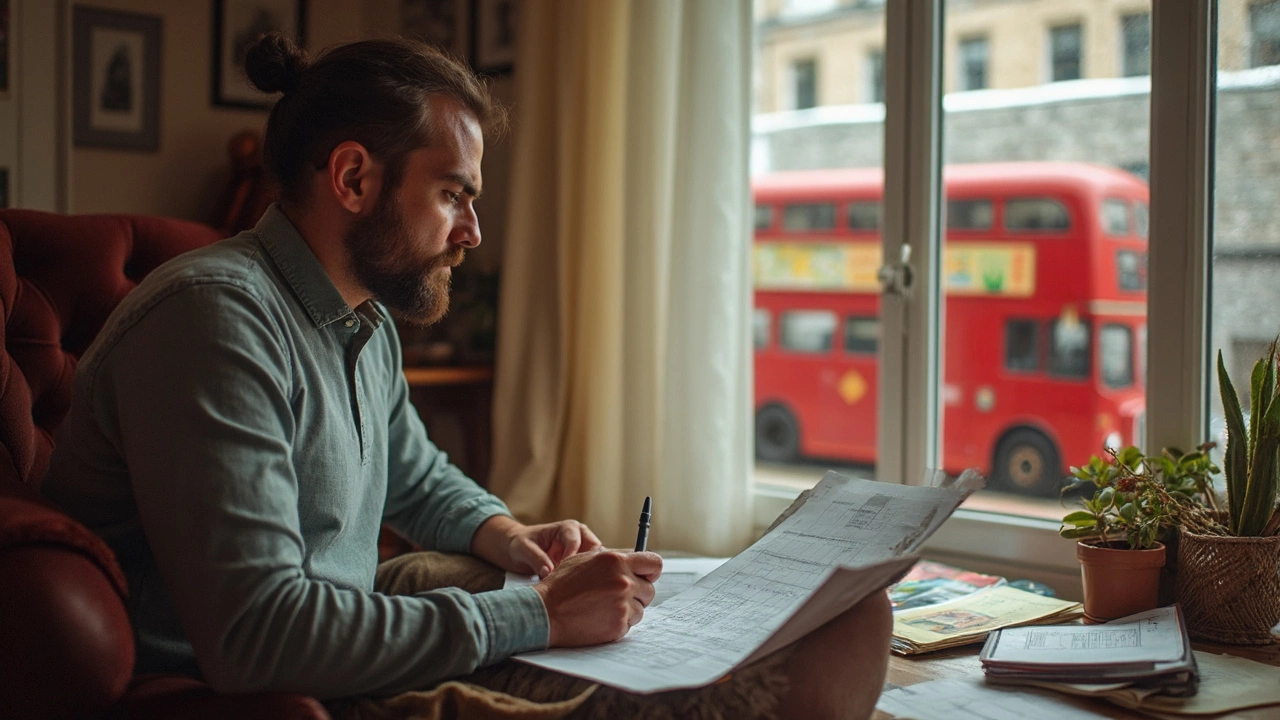How to Make More Money from Your Rental Property
If you own a buy‑to‑let, you’re probably wondering how to turn it into a real cash machine. The good news is you don’t need a fancy formula – just a few solid habits and a bit of number‑crunching.
Set the Right Rent, Not the Highest Rent
The first mistake most new landlords make is to price their property at the top of the market. It feels like a win until the place sits empty for weeks. Use online tools to see what similar homes in Florin Court are really renting for, then aim for the middle of that range. A modestly lower rent often attracts reliable tenants faster, and you avoid costly void periods.
Another tip: ask yourself what the tenant is getting. If you’ve upgraded the kitchen or added a fresh coat of paint, you can justify a slightly higher rate. Small improvements usually pay for themselves within a year through higher rent.
Cut Costs and Maximize Your Yield
Profit isn’t just about income – it’s also about expenses. Start by comparing insurance quotes. A cheap policy can leave you exposed, but a high‑end one eats your margins. Look for a balanced plan that covers landlord liabilities without over‑insuring.
Energy efficiency is another profit booster. Installing LED bulbs or a smart thermostat may cost a few hundred pounds, but tenants love lower bills and you’ll see a boost in your net return. Remember the 2% rule: if your monthly rent is at least 2% of the property price, you’re on a good track. For a £150,000 house, aim for £3,000 a month in rent – if you’re far off, re‑evaluate your strategy.
Don’t forget tax relief. Keep every receipt for repairs, management fees, and even your own travel to the property. These can be deducted from your rental income, shrinking the tax bill and swelling your profit.
Finally, consider a property manager if you’re short on time. It sounds like an extra cost, but a good manager can keep the house occupied, handle maintenance quickly, and keep rent flowing. The key is to calculate whether the management fee (usually 10‑12% of rent) is lower than the loss you’d suffer from vacancies.
By pricing smart, trimming wasteful costs, and using rules like the 2% benchmark, you’ll see your rental property profit rise steadily. It’s not magic – just consistent, sensible choices that keep cash moving in your direction.

How Much Profit Should You Make on a Rental Property?
People often ask what a good profit actually looks like when it comes to rental properties. This article breaks down how much you should realistically aim to make, not just in percentages but in real cash. We'll look at rental yields, the expenses most people forget, and smart tips to boost your bottom line. You'll know how to crunch the numbers and spot red flags before buying. No sugar-coating—just real, helpful advice for buy to let investors.